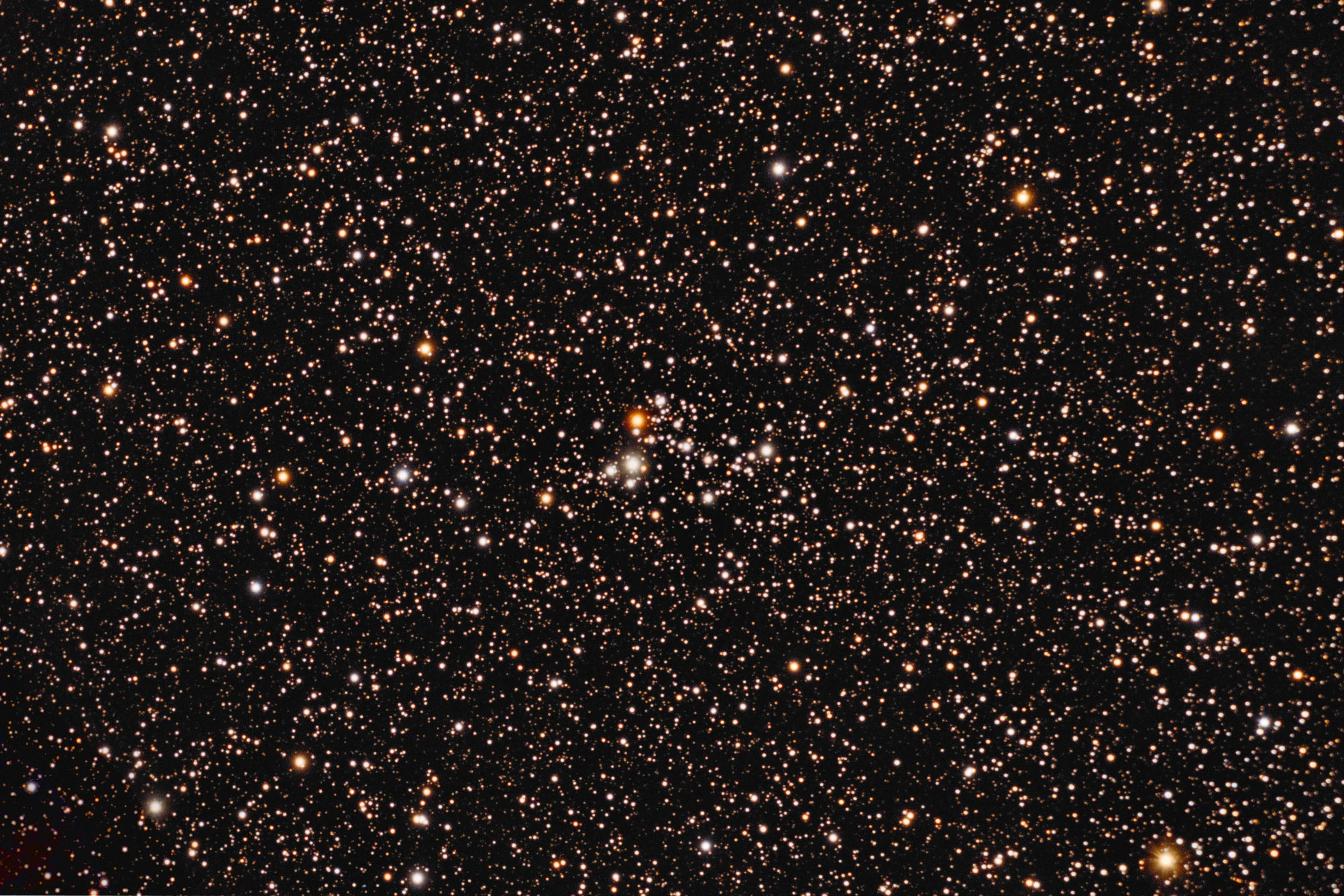| Description | Images |
Object name: NGC7234Designation(s): NGC7234, NGC 7234 was discovered by William Herschel on October 16, 1787 but when his sister reduced his coordinates she made an error. She referenced a vacant piece of sky just below my image. Thus many catalogs list NGC 7234 as non-existent. Not finding anything at his dad's position as recorded by his aunt John Herschel found and recorded the cluster at its correct position on September 24, 1829 which he included in his General Catalog. Unfortunately, when John prepared his General Catalog in 1864 he missed the correction to the position of NGC 7234 by Arthur von Auwers published 2 years earlier. So his entry was given the designation of NGC 7235. Both were included in his General Catalog. When Dreyer prepared the NGC 25 years later he listed "both" clusters not realizing there was nothing at the position for NGC 7234 or that von Auwers had discovered it was John Herschel's cluster. So today some sources like WEBDA omit NGC 7234 but all include NGC 7235. It's not in either H400 program. |

